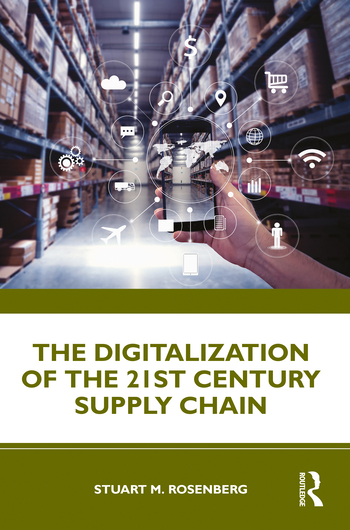Editorial: Assembling the New Economy
When we published the results of ASSEMBLY's fifth annual capital equipment spending survey last December, consumer confidence was at near historical highs and unemployment was at a 30-year low. The gross domestic product was expected to grow 3.5 percent in 2001. That projection was less than the 5.2 percent the economy grew in 2000 but hardly a downturn and a good beginning for the new millennium.
Since we published the survey, consumer confidence has deteriorated and the economy has faltered. New claims for unemployment benefits have increased. More recently, automotive, appliance and other manufacturing industries have announced or carried out major layoffs.
Predictably, economists are hotly debating whether the U.S. economy is only slowing down, or headed into a real recession. The consensus favors a slowdown but either way, American manufacturers will continue to face relentless competition, especially from Asia and Europe. So it hardly seems likely that they can afford to back down significantly from developing new products and bringing them to market aggressively.
At the "front end" of manufacturing, total research and development expenditures in the United States are expected to increase about 5 percent in 2001, to $277 billion, according to the annual R&D forecast conducted by Battelle (Columbus, OH) and R&D Magazine. R&D will continue to provide the underpinning of the economy, according to Dr. Jules Duga, a Battelle senior researcher and co-author of the report. This is obviously true in health care and the high-visibility communications and computer technologies, and it also applies to technology for more cost-effective industrial processes, improved transportation, and more efficient production and use of energy resources.
ASSEMBLY's capital equipment spending survey predicted that U.S. assembly plants will spend a total of $2.66 billion on new equipment during 2001, a 2 percent increase from 2000. Manufacturers will need that equipment to transform the results of R&D programs into marketable products and to assemble those products efficiently and profitably. In fact, nearly half of the responding plants cited assembling a new product as the reason for purchasing assembly equipment.
Gordon Richards, an economist with the National Association of Manufacturers (Washington, D.C.), says "Compared with the increase in GDP, a 2 percent growth in [capital equipment] spending is clearly not representative of the overall economy. GDP has been increasing by more than 4 percent per year, and any company that does not invest in capital equipment under those conditions will not be able to meet demand."
However, he says, "if you separate investment in industrial equipment from all other investments in capital equipment, such as computers and software, and transportation equipment, then a spending increase of 2 percent is pretty reasonable." This is how to assemble a new economy for the new millennium.
Looking for a reprint of this article?
From high-res PDFs to custom plaques, order your copy today!







